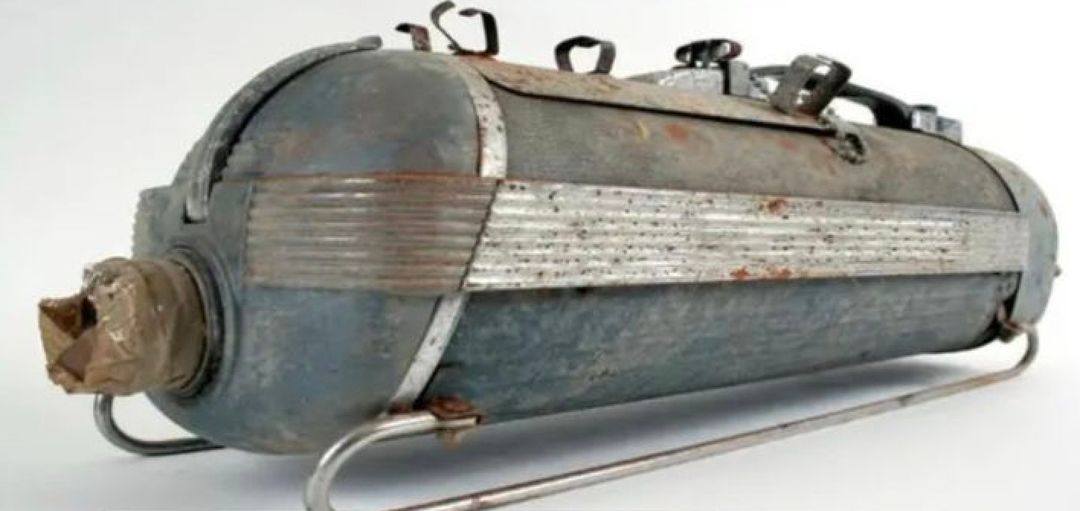I found this at a yard sale but I have no idea what it is. l’m almost certain you won’t know what this strange object is either… Try to prove me wrong (if you can)! Check the comments for the answer👇
A strange photo online led to a surprising discovery: it was an old **metal vacuum cleaner**! These antique cleaning devices looked nothing like today’s modern vacuums and required **manual effort** to operate.
**Early Designs (1800s)**
– Vacuum cleaners began evolving during the **19th century**, when hygiene awareness and industrial advances encouraged innovation.
– These early models were made of **metal**, bulky, and required **hand-pumping** to create suction.
– One notable invention was the **“Whirlwind”**, patented by **Ives W. McGaffey in 1869**, which used bellows to create suction—but it was still far from practical.
**Why It Mattered**
– Though awkward and inefficient, these early vacuums laid the groundwork for future innovation.
– They captured the **spirit of the Industrial Revolution**, showing a drive to improve everyday life—even if it meant a lot of elbow grease.
**The Turning Point**
– In **1901**, **Hubert Cecil Booth** introduced the **first successful electric vacuum cleaner**, revolutionizing home cleaning.
– Electric motors and smarter designs made cleaning faster, easier, and more effective.
**The Takeaway**
What started as a hand-cranked, metal contraption turned into a must-have household appliance. Next time you vacuum, just be glad you’re not pumping a handle!







Post Comment